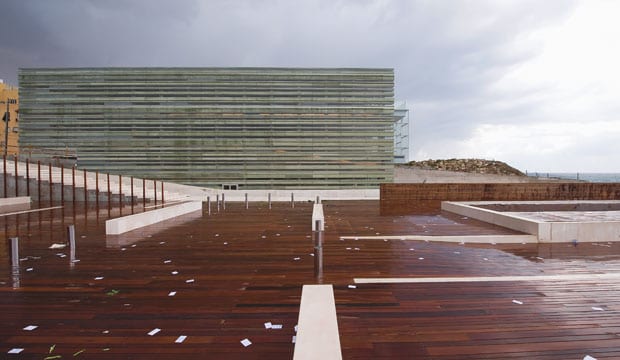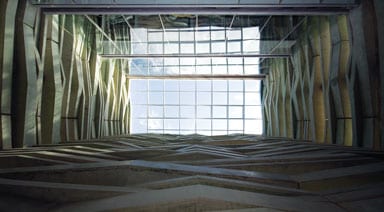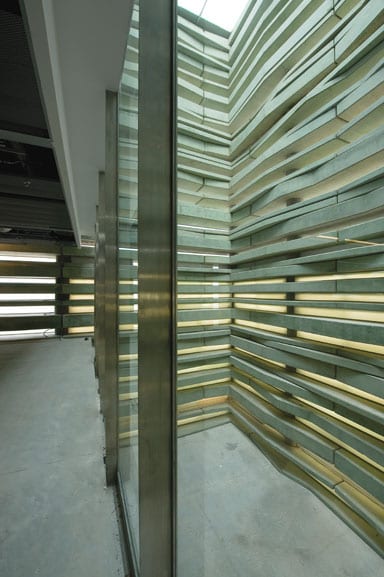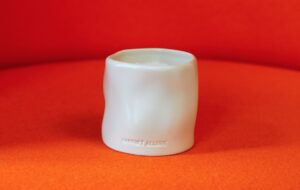
words Beatrice Galilee
Massimiliano Fuksas has completed the Peres Peace Centre in Tel Aviv. “This is a house for a castaway,” he says, reflecting on the project he spent 10 years working on. “It’s for a sailor who has lost his ship but has found land.”
Whether peace will shore up in this building on a sandy Mediterranean beach in Jaffa or not, the Peres Peace Centre is one of the most important works of Fuksas’ architectural career. The centre, commissioned by Israeli president Shimon Peres, is intended to be a neutral meeting point for Israelis and Palestinians, but although it will contain memorials to Nobel Peace Prize winners, it’s far from just a museum. It has a library, conference and office space, and recreational and sports facilities.
“It is not like a church or a memorial or a monument, it is something active,” says Fuksas. “Peace is something that you build day by day. There is nothing holy in peace. Peace is part of a concept. You have to love the others. You try to understand the others and you try to be part of a community.”
The only part of the building that is open faces the sea. The rest of the structure is made up of pale green precast concrete slabs layered with transparent and opaque glass. From the outside the concrete appears flat and calm, but inside it is erratic, irregular.
“It is a simple material and a poor material. I didn’t want to use a rich material,” says Fuksas. “Richness is often the reason of the war. If we tried to spend less and be more sustainable, we would be building the first stones for peace.”



















